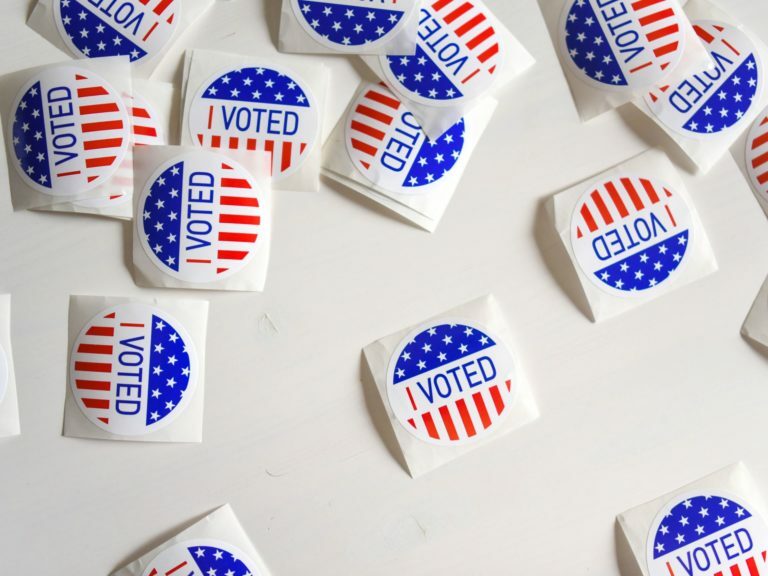The face of America is changing—Gen Z is the most multicultural generation to date. Once upon a time, general market marketing campaigns were the norm. They aimed to reach as many people as possible—while failing to take into account the unique cultures, values, languages, communication styles, and media consumption habits of millions of multicultural Americans.
Suffice to say, this marketing strategy simply doesn’t cut it in modern America. Not only that, but a single-faceted, broad-spectrum marketing strategy can do significant damage to a brand.
That’s where diversity marketing comes in.
What is diversity marketing?
Diversity marketing refers to any marketing strategy that recognizes the differences within the subgroups of a target market, including: age, gender, disability, religion, ethnicity, and sexual identity. Multicultural marketing, more specifically, refers to a marketing strategy that recognizes the differences in culture and ethnicities of a target market.
Successful inclusive marketing campaigns aim to break advertising norms by highlighting people or groups that may be under- or misrepresented. Accurate representation allows for your target consumers to feel seen, heard, and understood—and enables them to trust your brand and personally identify with your products.
Read next:6 Examples of Brands Who Got Multicultural Marketing Right
Tips for your diversity marketing strategy:
1. Marketing to Gen Z requires diversity marketing
Most brands are trying to target the coveted Gen Z audience—but not all know how. The secret? It’s nailing your diversity marketing strategy. Here’s why:
Gen Z is more diverse than any other generation before them. The majority of Gen Z teens are non-white (52% according to Refuel’s Gen Z Explorer Series™), compared to 29% non-white members of the Baby Boomer generation. This generation views diversity and inclusion not as an aspiration, but as their normal. In his TedX talk, Jason Dorsey explains that, “They are so diverse that they don’t see diversity… unless it’s absent.”
When communicating with and marketing to this generation, your brand doesn’t have the option of not representing the diverse world into which Gen Z was born. Gen Zers support brands that showcase and celebrate the diversity they see in their own generation. A perfect example of a brand that celebrates diversity at their very core is Fluide Beauty, a “collection of colorful, cruelty-free makeup for all gender expressions, gender identities, and skin tones”. This is Gen Z branding at its finest.
Read next: The Ultimate Guide to Marketing to Gen Z
2. Culture speaks louder than words
Many brands think that advertising to diverse audiences requires advertising in languages native to your target audience—especially in the case of marketing to Hispanic audiences.
However, our research found that the winning factor for advertisements targeting Hispanic audiences is not language, but rather, culture. According to Refuel’s Hispanic Explorer Series™ 2021, Hispanic audiences pay equal attention to ads in English and in Spanish—but they respond more to ads that reflect their culture.
The takeaway? Your target audience wants to see themselves reflected in your advertisements—and isn’t that always the case? Make an impact with your Hispanic advertising campaigns by truly understanding and speaking to your target audience.
That’s why at Refuel, we consider “multicultural” marketing to really be talking about community-based marketing. “Culture” remains a topic of conversation. Brands must not only communicate with cultural relevance, but their ethos must also be in alignment or risk being flagged as disingenuous. Uniquely embedding the brands into the mindset of a community is essential to success.
Read next:A Look at the Future of Hispanic Marketing
3. Bring in diverse team members to shape campaigns
To create authentic messaging for a diverse market, it’s crucial for members of your target audience to be a part of the creative process to ensure a messaging fit. Cultural intelligence should be a priority in order to avoid sending out tone-deaf messages that inevitably fall flat.
Diversity is key in the initial creative process, which is why having diverse and inclusive teams is essential for your brand’s success. But once you have a campaign underway, you can gain key insights from members of your target audience. Bringing in diversity consultants and facilitating focus groups are two additional ways to ensure that your campaigns are resonating with your target audiences.
Read next: 3 Reasons to Include Local Media in Your Multicultural Marketing Strategy
4. Celebrate diversity and inclusion all year round
National holidays and observances like Black History Month, Asian Pacific American Heritage Month, and Hispanic Heritage Month offer brands the opportunity to recognize their multicultural consumers and highlight their culture.
However, representation year-round is a major factor when trying to authentically reach communities of color. According to a 2019 survey from Adobe, 34% of U.S. consumers stopped supporting a brand because it didn’t represent their identity (race, religion, sexual orientation, etc.) in its advertising. In order to trust and relate to your brand, consumers want to see that you care about who they are, and that your product is for them. Build relationships, don’t just sell products.
Inclusive marketing is the right thing to do for your business. And when it comes to crafting authentic campaigns that achieve your objectives, there is no substitute for getting to know your customers — their dreams, desire, fears, and frustrations at a deep level. Any group you’ve deemed as a valuable buyer persona for your brand should know that you’re cheering for them and supporting them in achieving success, whatever they’ve defined that to be.
Are you ready to launch your diversity marketing strategy? Contact us today to learn how you can authentically and effectively target multicultural audiences across the US.




